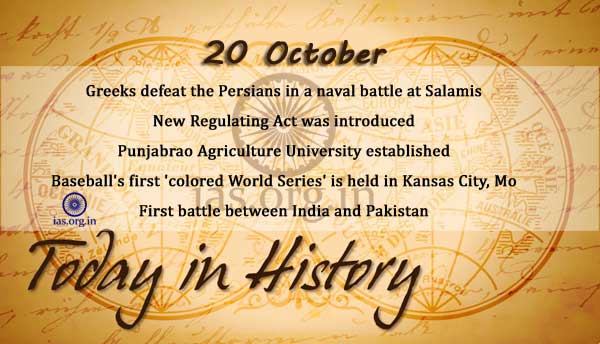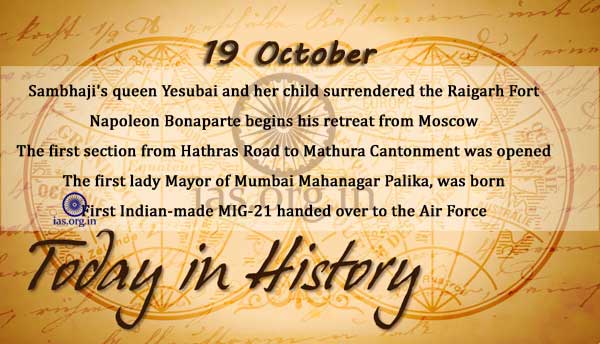Table of Contents
- Introduction
- What Is a Quantum Circuit?
- Components of a Quantum Circuit
- Qubits as Wires
- Gates as Operations on Wires
- Time Flow and Diagram Layout
- Single-Qubit Gate Symbols
- Multi-Qubit Gate Symbols
- Control and Target in Diagrams
- Measurement Symbols
- Example: Bell State Circuit
- Circuit for Grover’s Algorithm
- Circuit for Quantum Teleportation
- Role of Ancilla Qubits
- Reset and Classical Control
- Classical Registers and Bitlines
- Circuit Equivalence and Simplification
- Gate Decomposition and Subcircuits
- Circuit Depth and Width
- Compilation into Hardware-Compatible Gates
- Circuit Optimization Techniques
- Quantum Circuit Simulators
- Circuit Diagrams in Quantum Software (Qiskit, Cirq, etc.)
- Importance in Teaching and Communication
- Conclusion
1. Introduction
Quantum circuits are the primary abstraction used to design and visualize quantum computations. Like classical circuits made of logic gates, quantum circuits are composed of quantum gates that act on qubits, evolving their quantum state through unitary transformations.
2. What Is a Quantum Circuit?
A quantum circuit is a sequence of quantum gates and measurements acting on a fixed number of qubits. It is typically visualized as a diagram, where time flows from left to right, and operations are applied along horizontal qubit lines.
3. Components of a Quantum Circuit
Main components include:
- Qubit wires (horizontal lines)
- Quantum gates (boxes or symbols)
- Measurement (classical outcome symbols)
- Control connections (dots and vertical lines)
4. Qubits as Wires
Each qubit is represented by a horizontal line. The initial state is usually \( |0\rangle \), and the line progresses from left to right through the circuit.
5. Gates as Operations on Wires
Quantum gates are visualized as symbols placed on qubit wires:
- Single-qubit gates: H, X, Z, T, S, etc.
- Multi-qubit gates: CNOT, Toffoli, Controlled-U
6. Time Flow and Diagram Layout
Quantum circuits read left to right:
- The leftmost gate acts first.
- Gates placed vertically are simultaneous.
7. Single-Qubit Gate Symbols
Standard notations:
- X gate: square with “X”
- H gate: square with “H”
- T gate: square with “T”
- Z gate: square with “Z”
These are placed directly on the wire of the target qubit.
8. Multi-Qubit Gate Symbols
For example, the CNOT gate:
- Dot on control qubit
- Plus ⊕ symbol on target
- Vertical line connecting them
Toffoli (CCNOT):
- Two control dots
- One ⊕ on target
- Connected by vertical lines
9. Control and Target in Diagrams
Controlled gates are represented with:
- Black dot on control qubit line
- Target operation (⊕ or other symbol) on the target qubit
- Vertical line connecting them
This shows conditional application of gates.
10. Measurement Symbols
Measurements are typically shown as:
- Meter icon or box with “M”
- Classical bit output line
- Sometimes followed by classical post-processing boxes
11. Example: Bell State Circuit
Creating a Bell state:
- Apply Hadamard to \( q_0 \)
- Apply CNOT with \( q_0 \) control and \( q_1 \) target
Diagram:
q_0: ──H────■────
│
q_1: ───────X────This prepares \( \frac{1}{\sqrt{2}}(|00\rangle + |11\rangle) \)
12. Circuit for Grover’s Algorithm
Grover’s circuit contains:
- Hadamards for initialization
- Oracle (black-box)
- Diffusion operator (inversion about the mean)
- Multiple layers of gates and ancilla
13. Circuit for Quantum Teleportation
Involves:
- Bell state generation
- Bell basis measurement
- Classical control and conditional gates
Each step maps directly onto a circuit with labeled operations.
14. Role of Ancilla Qubits
Ancilla qubits are temporary helper qubits:
- Used in error correction
- Used in uncomputation
- May be measured and reset mid-circuit
They appear as separate wires in diagrams.
15. Reset and Classical Control
Some circuits use reset operations to reuse qubits:
- Denoted by a symbol (R or |0⟩)
- Useful in fault-tolerant or NISQ circuits
16. Classical Registers and Bitlines
After measurement:
- Classical outcomes are stored in classical registers
- These can be used for feedback and conditional operations
17. Circuit Equivalence and Simplification
Equivalent circuits:
- Use different gate combinations
- Reduce depth or number of qubits
- Aid in optimization
Example: \( HZH = X \)
18. Gate Decomposition and Subcircuits
Complex gates (e.g., Toffoli) are built from smaller gates. These subcircuits can be modularized and reused, both conceptually and in code.
19. Circuit Depth and Width
- Depth: number of sequential operations
- Width: number of qubits
These are important for:
- Resource estimation
- Circuit runtime
- Fidelity and noise
20. Compilation into Hardware-Compatible Gates
Quantum compilers translate circuit diagrams into sequences of gates supported by hardware. This includes:
- Gate basis translation
- Connectivity mapping
- Noise optimization
21. Circuit Optimization Techniques
Tools try to:
- Reduce gate count
- Reduce T-count
- Optimize depth
- Eliminate redundant gates
Qiskit, Tket, and Cirq provide such functionalities.
22. Quantum Circuit Simulators
Simulators execute circuit diagrams on classical hardware. Examples:
- Qiskit Aer
- Cirq Simulator
- QuTiP
- Braket local simulator
23. Circuit Diagrams in Quantum Software (Qiskit, Cirq, etc.)
Quantum programming tools let users:
- Define circuits via code
- Visualize with ASCII or graphical diagrams
- Simulate or compile for real devices
24. Importance in Teaching and Communication
Circuit diagrams are vital for:
- Teaching quantum algorithms
- Designing protocols
- Communicating between researchers and engineers
They serve as the “schematics” of quantum computing.
25. Conclusion
Quantum circuits and diagrams are the visual and conceptual backbone of quantum computation. They offer a structured way to plan, analyze, and communicate quantum algorithms, making them essential for both theoretical exploration and practical implementation.



